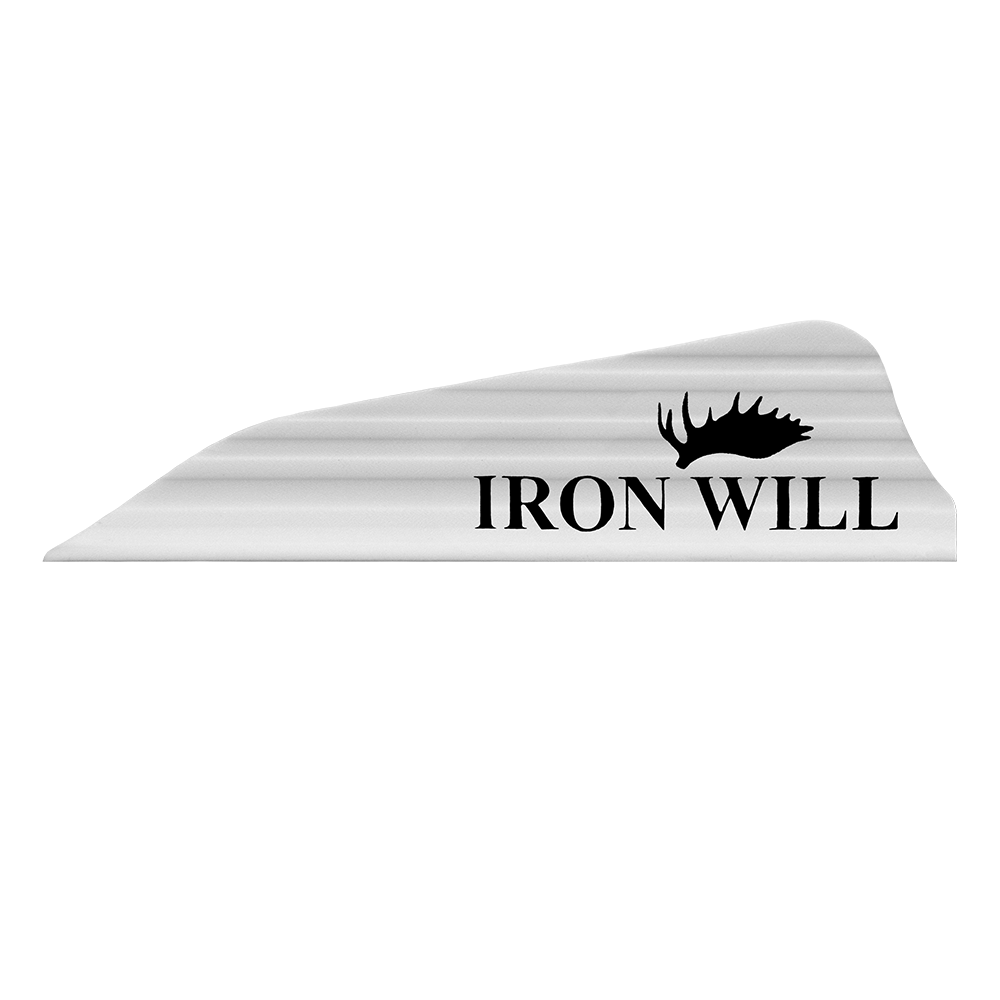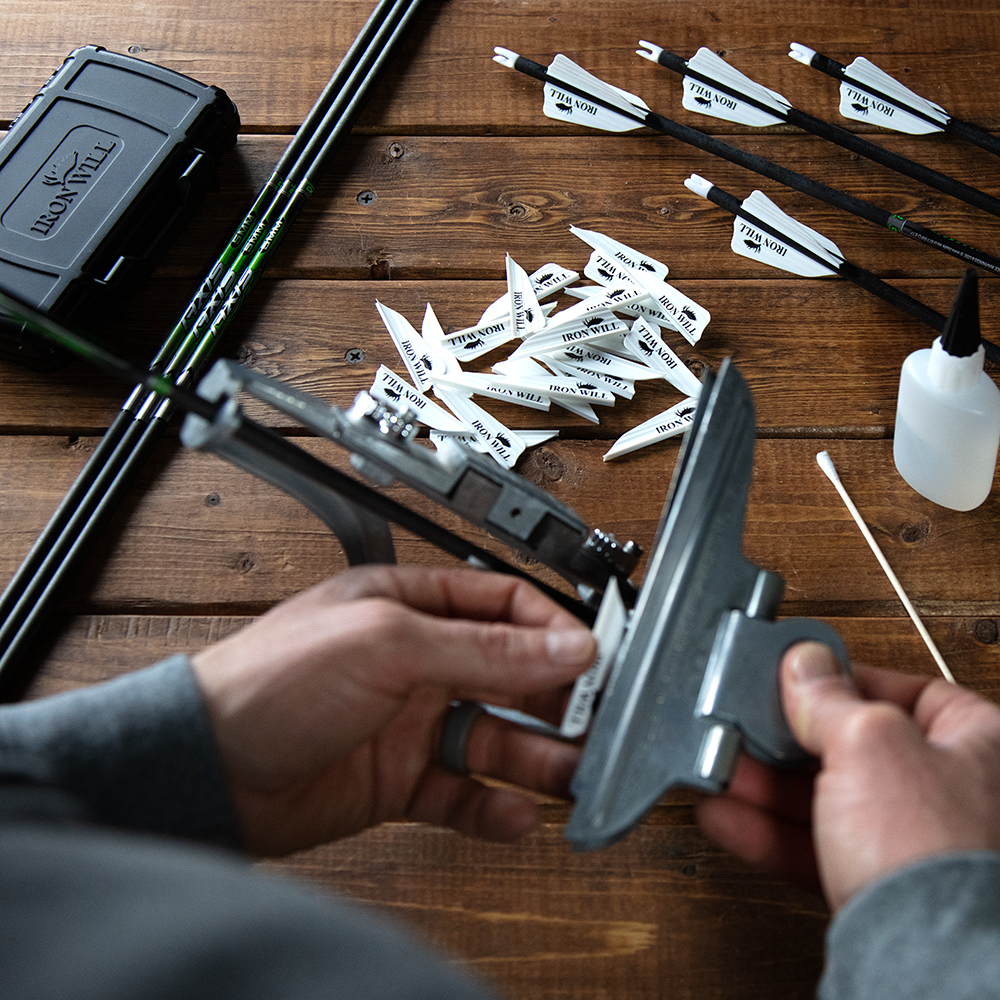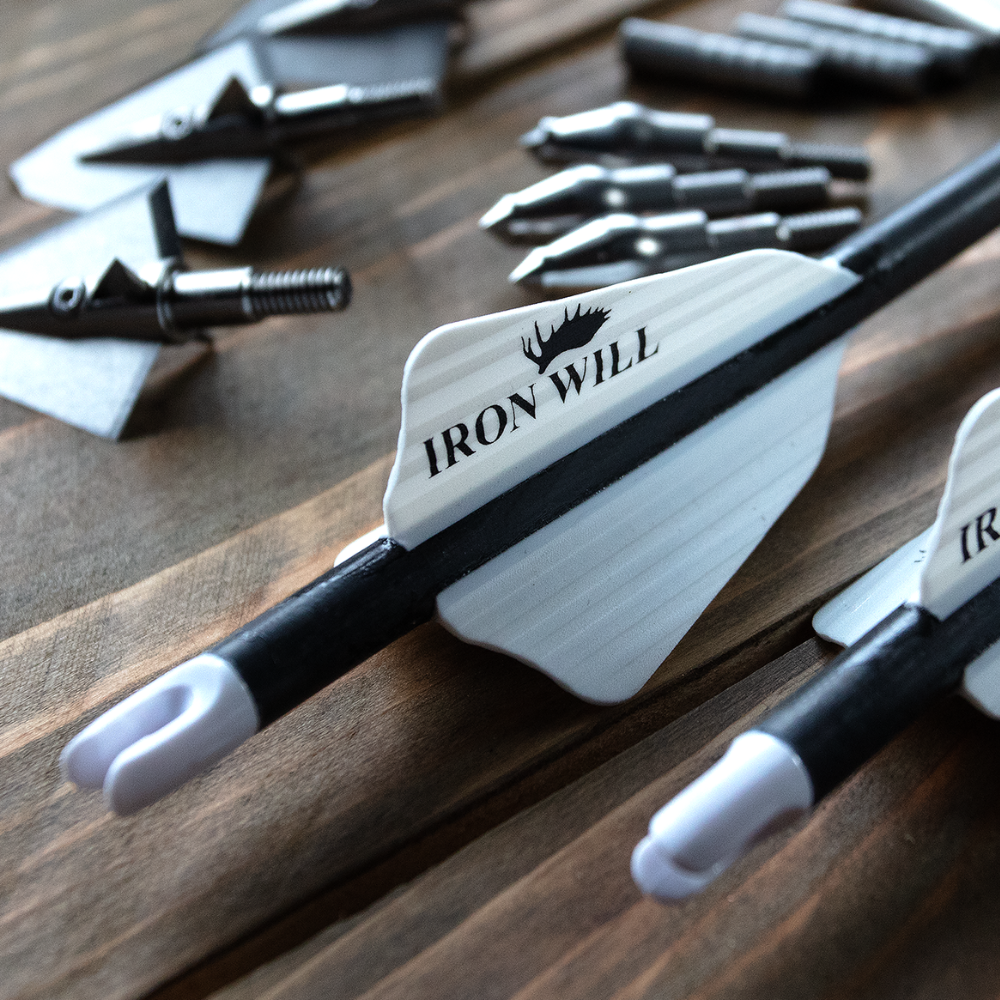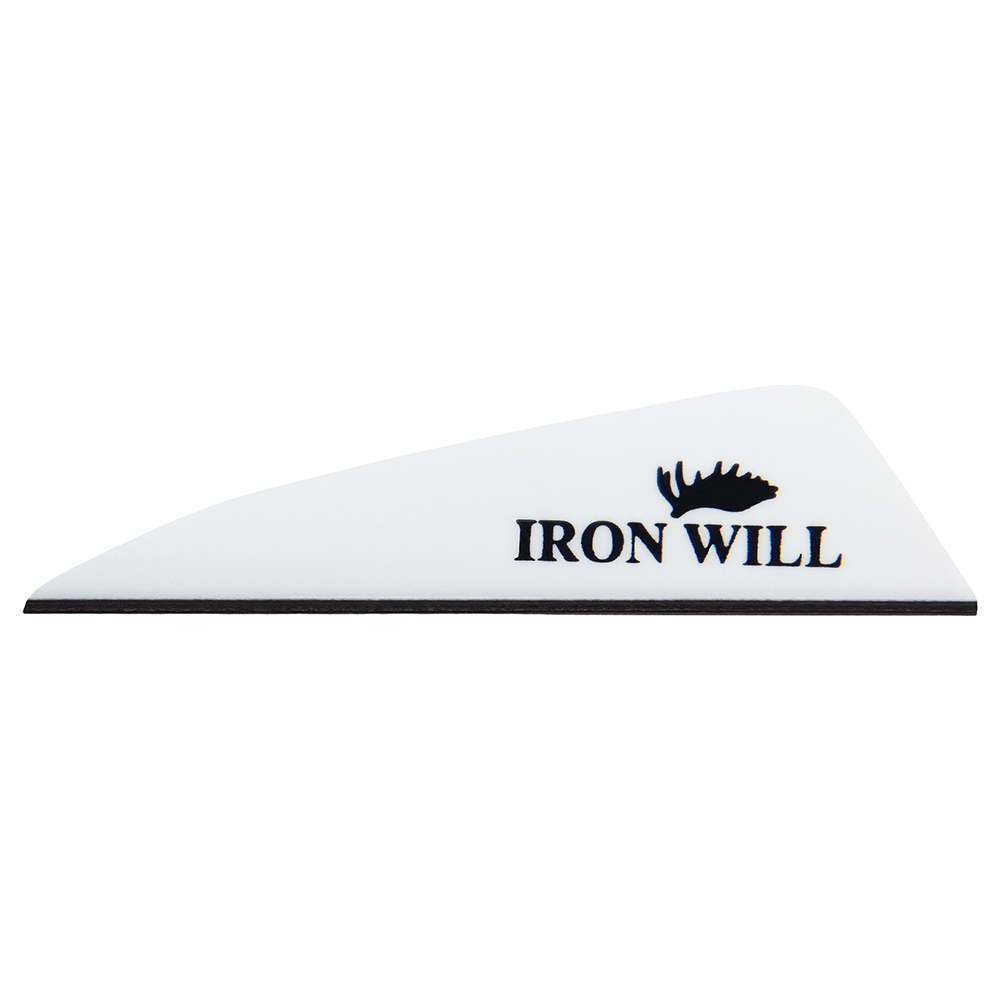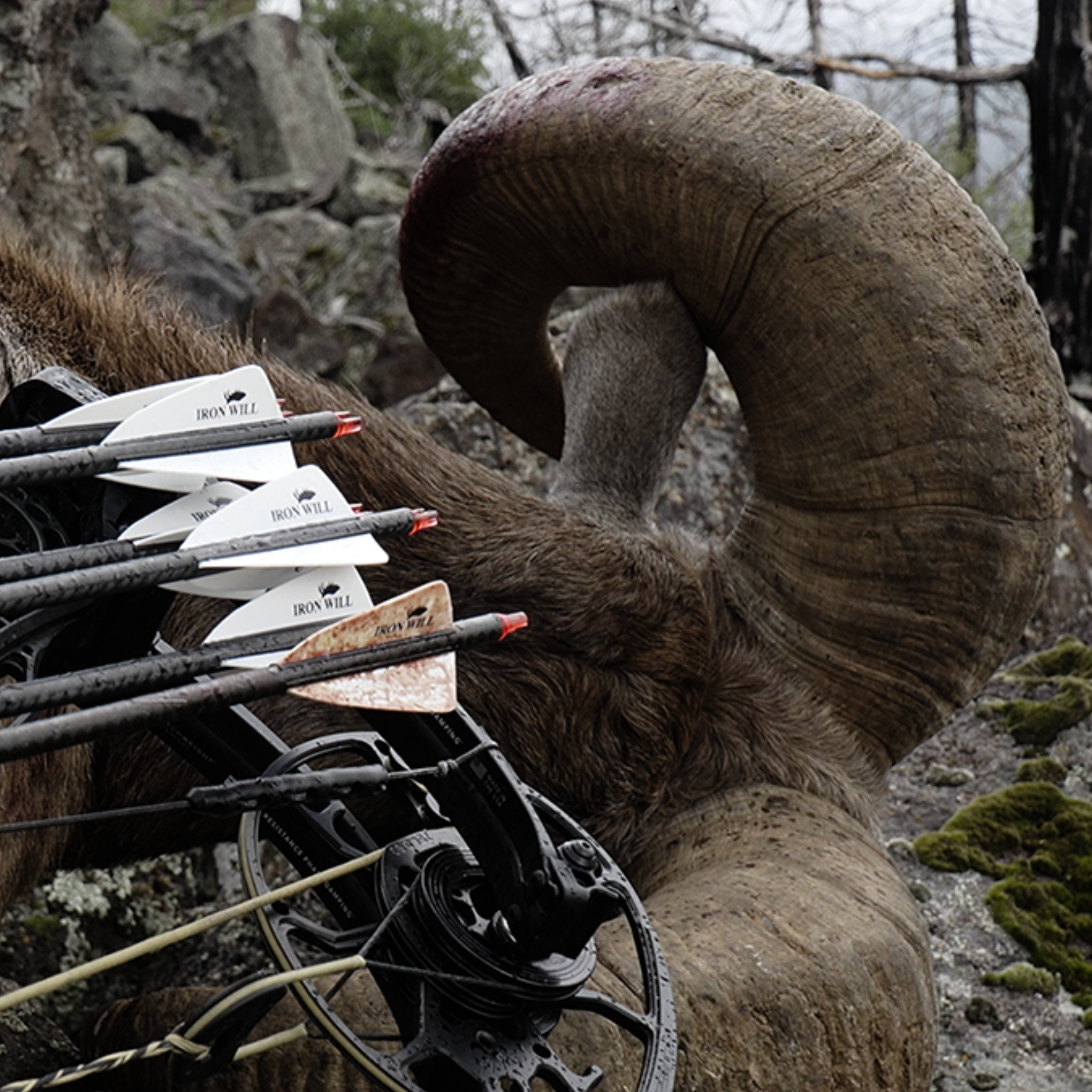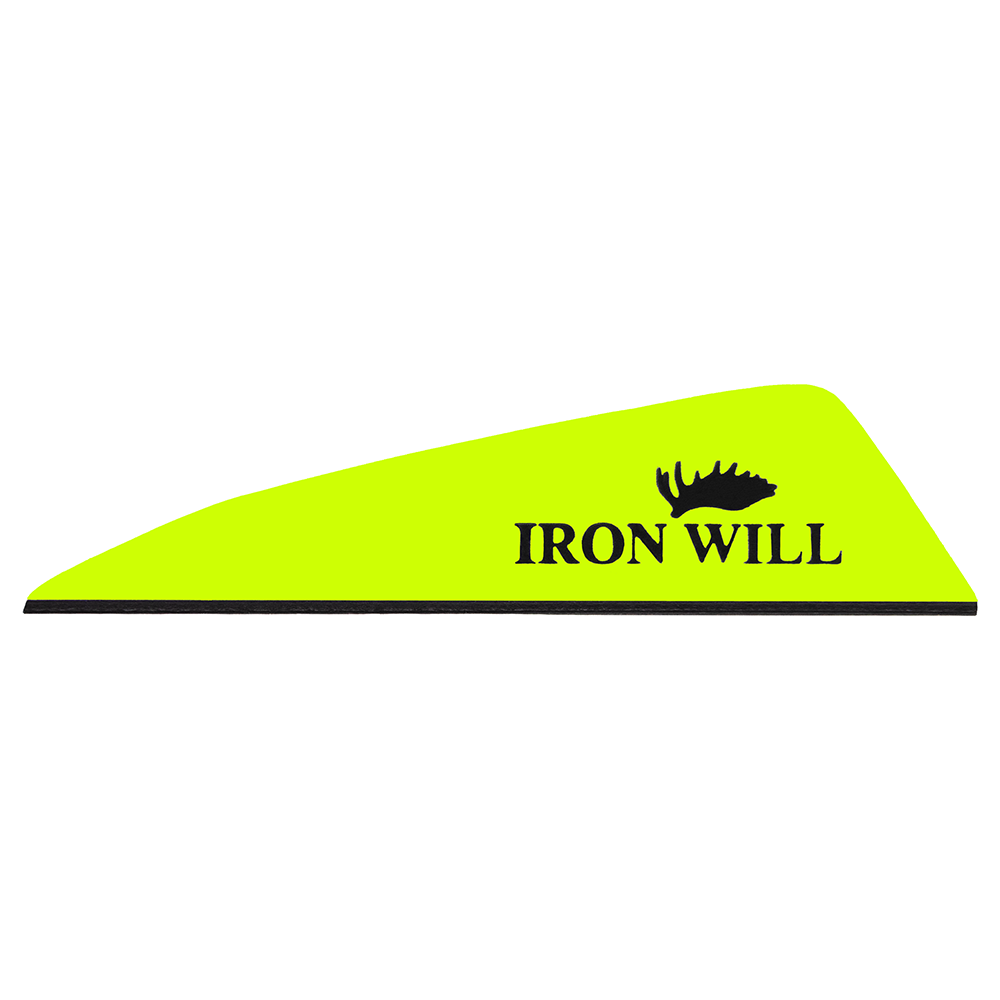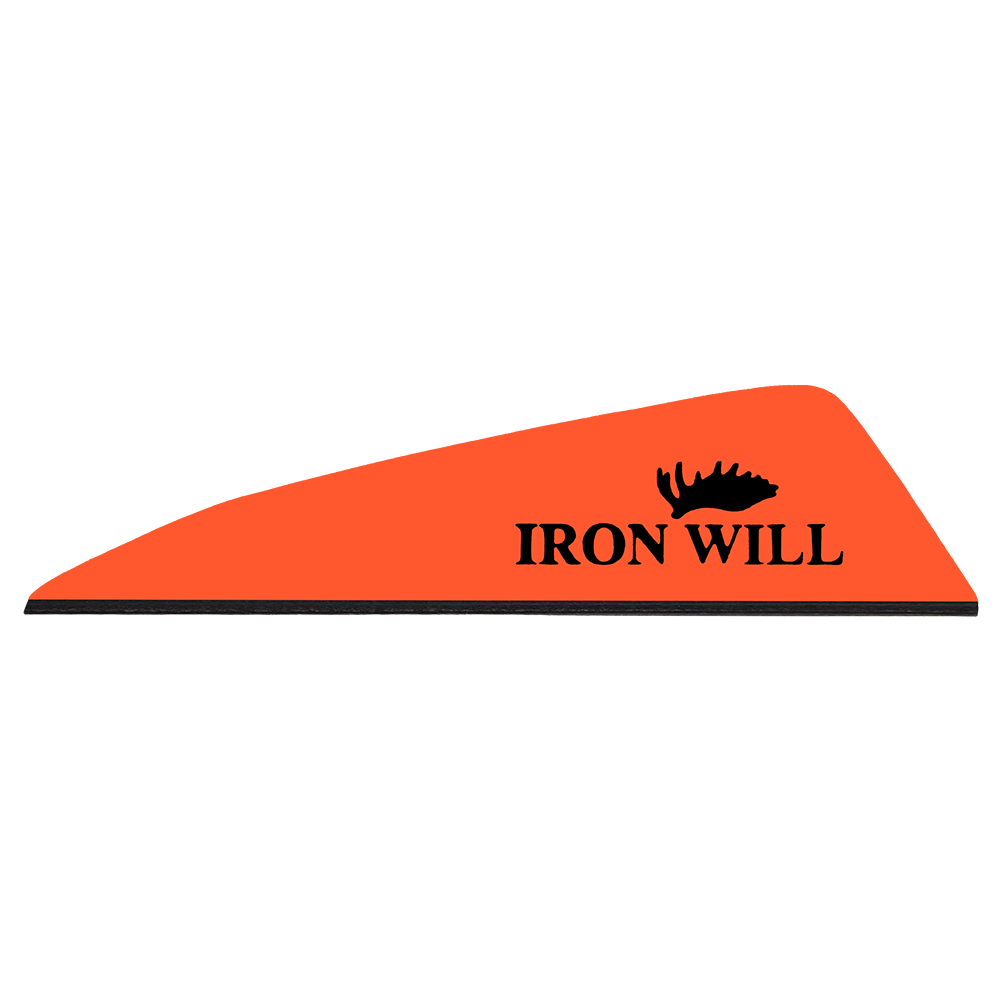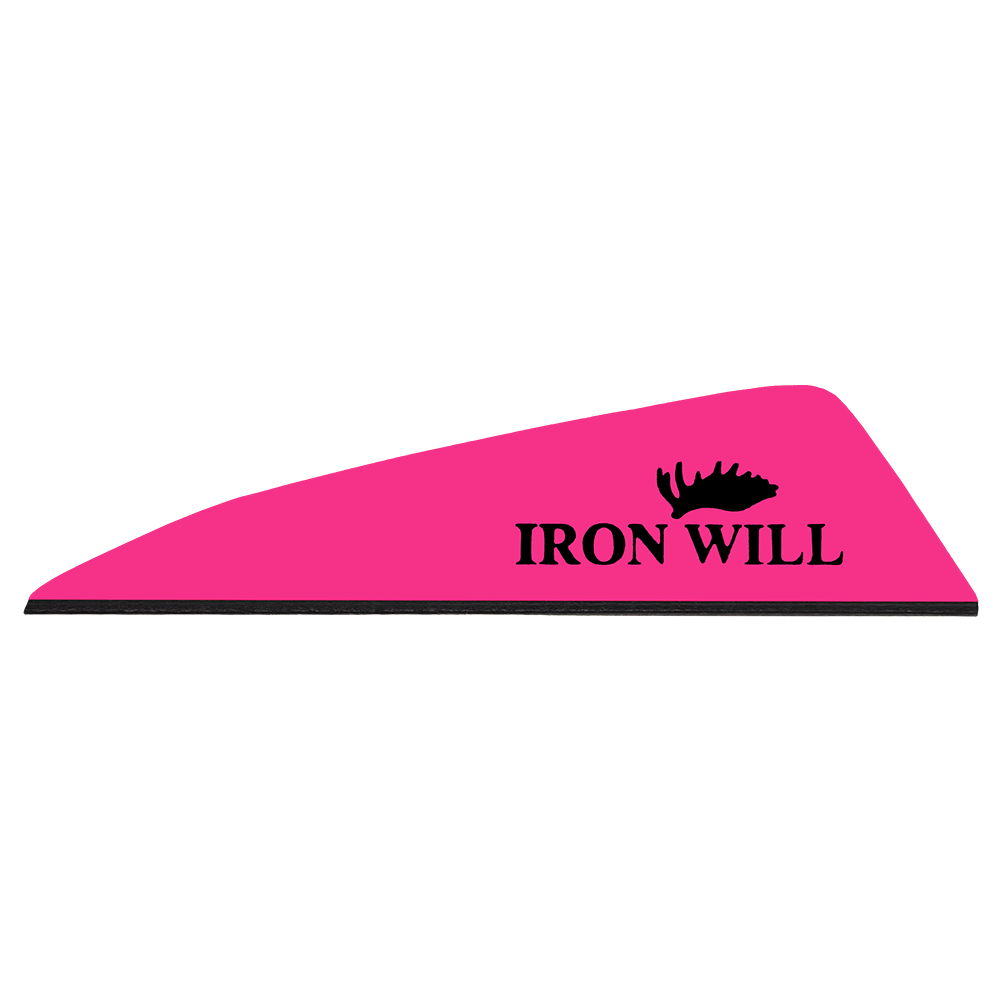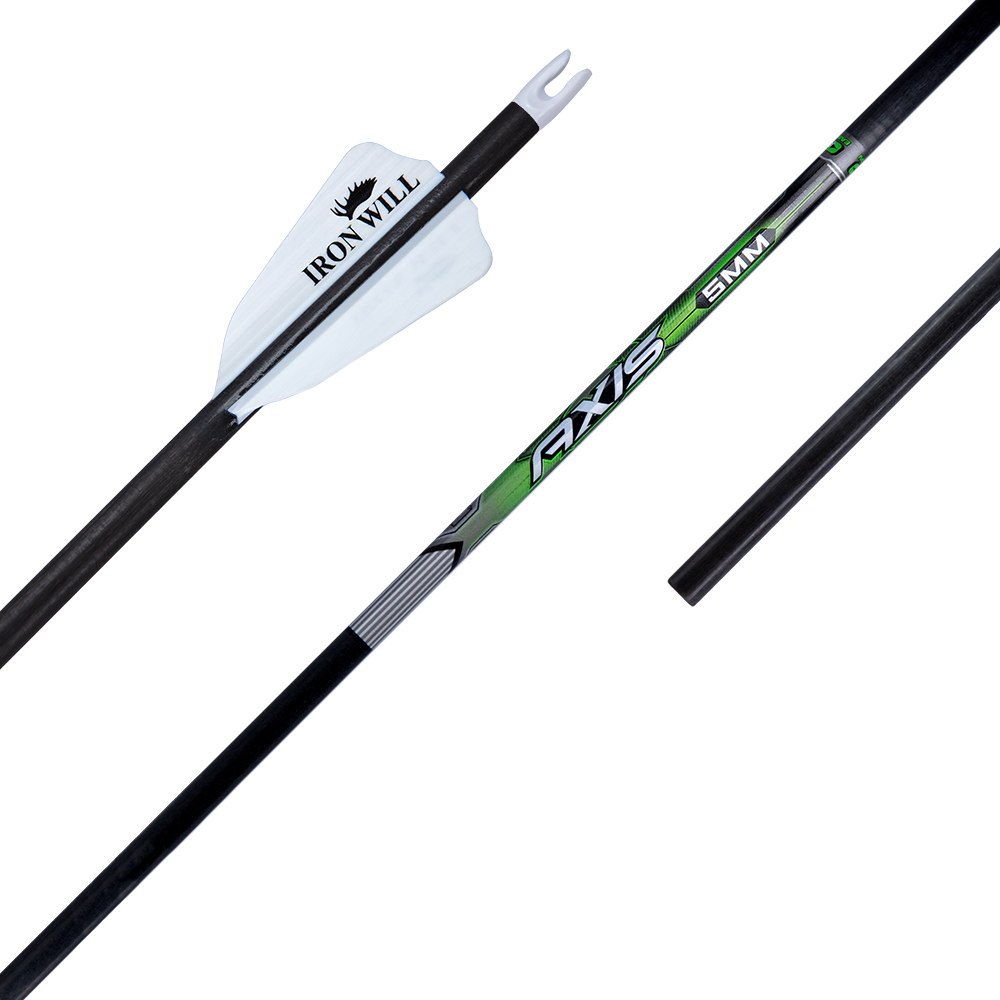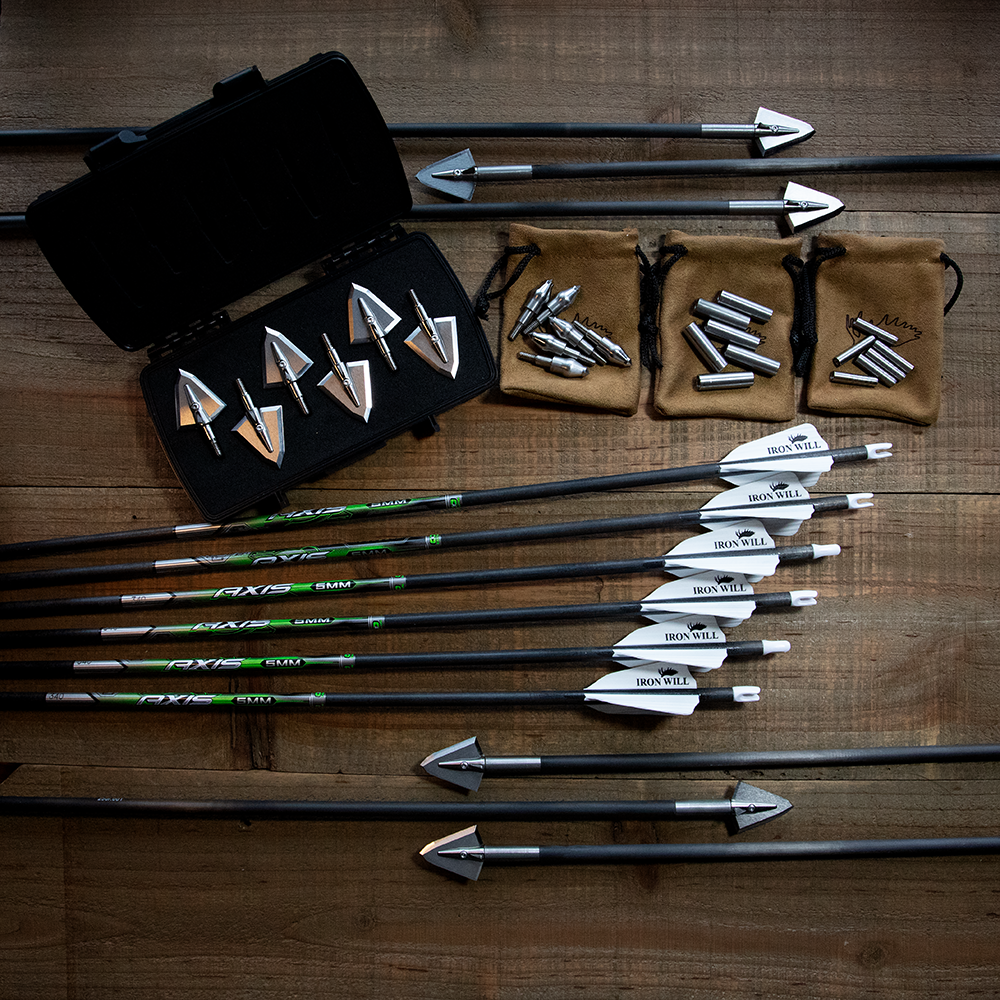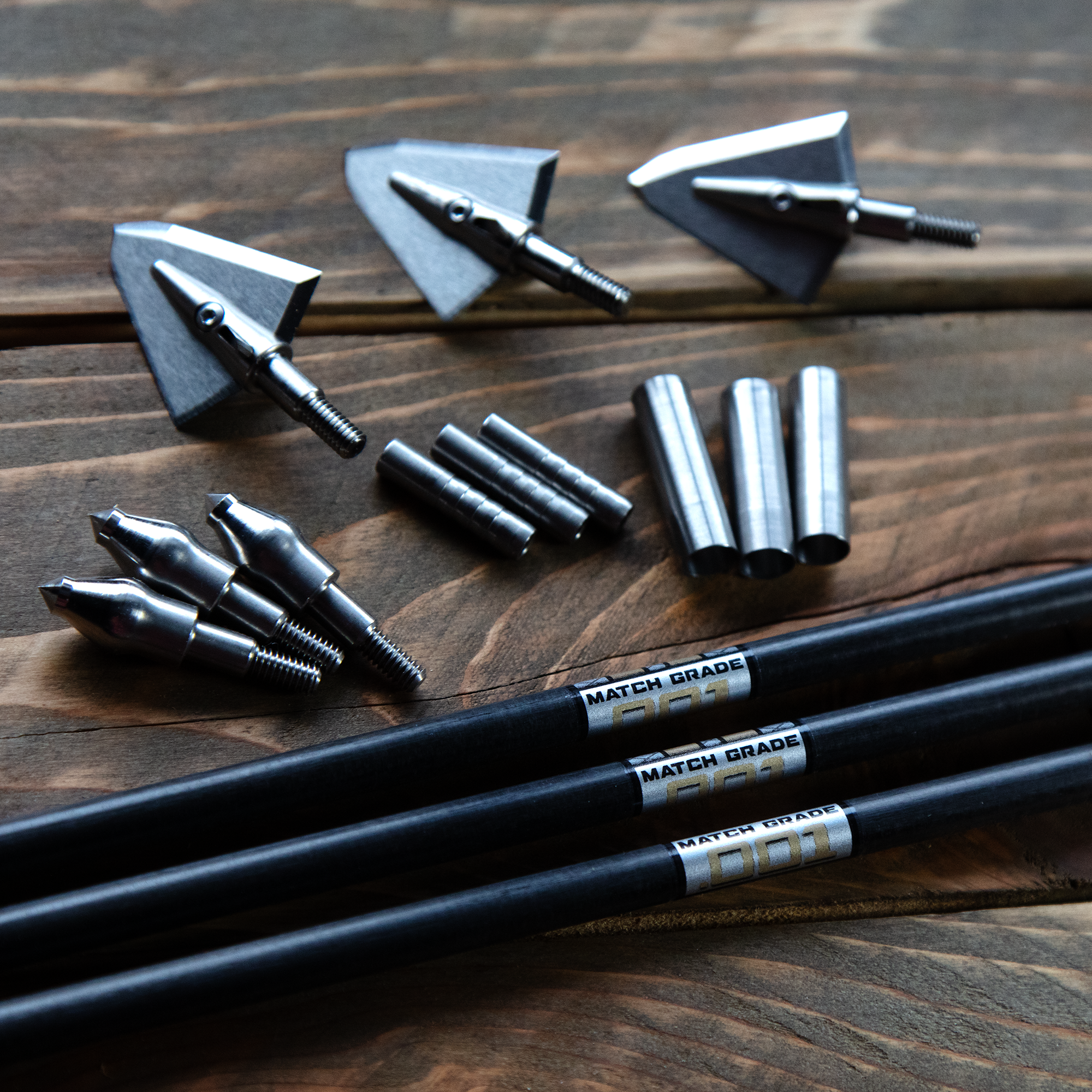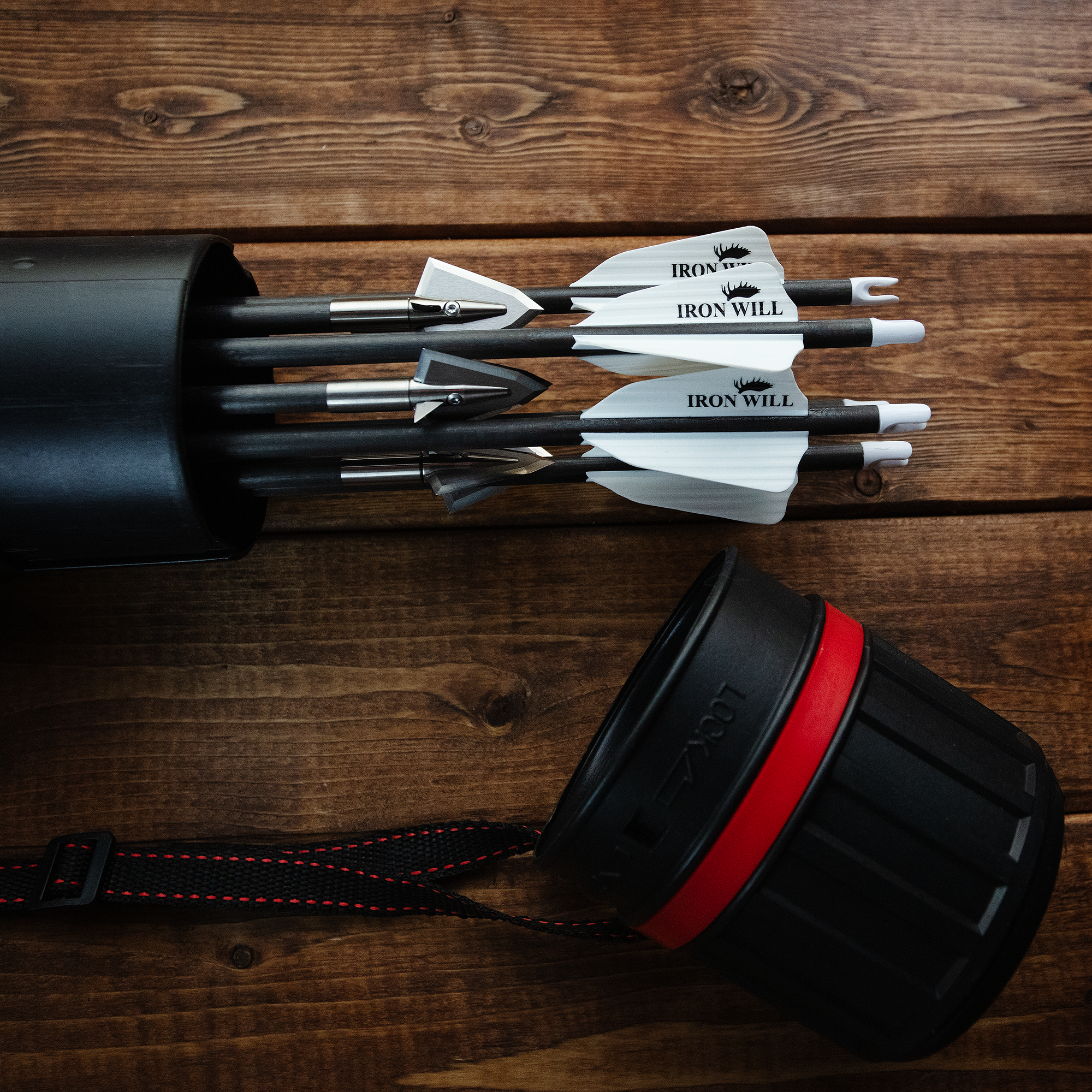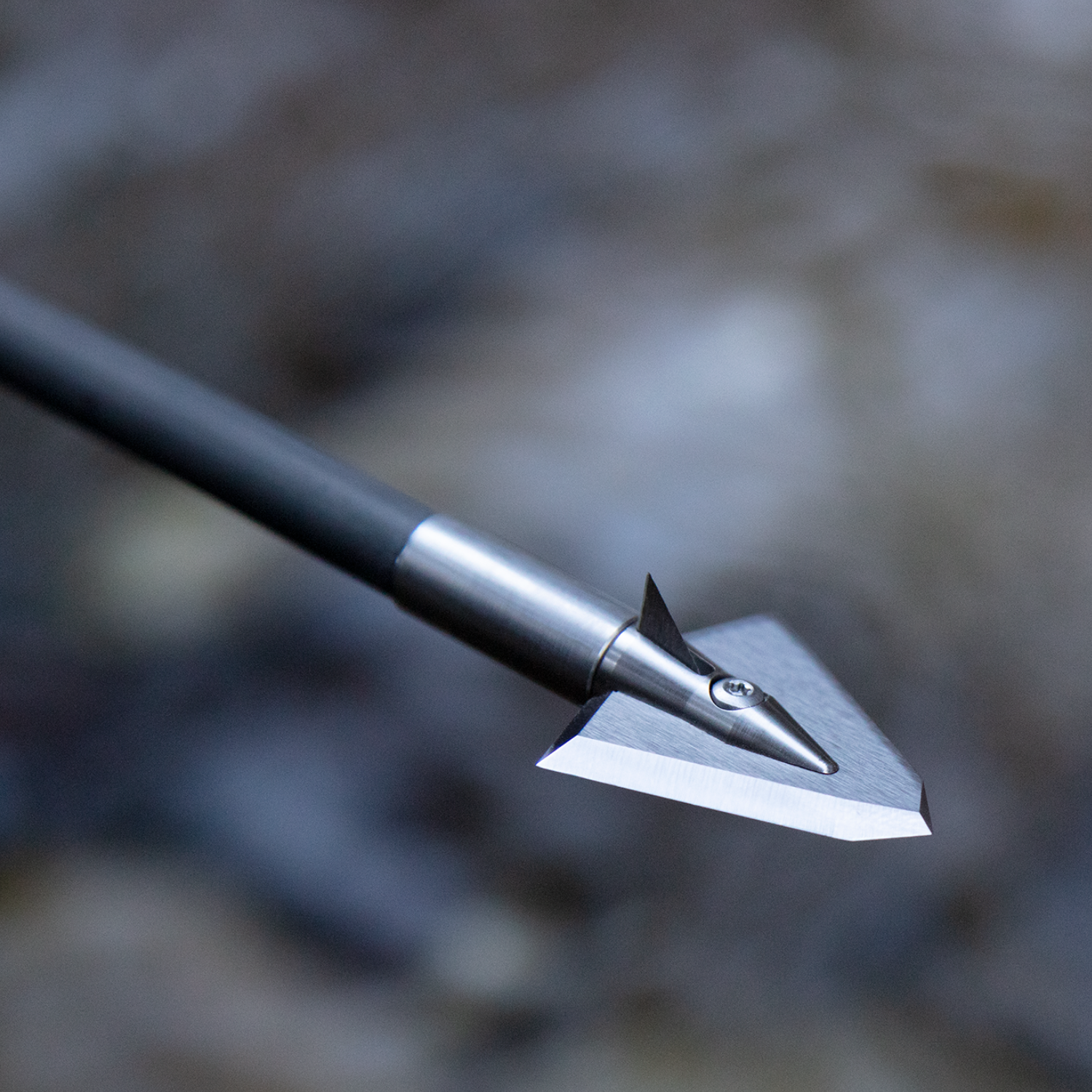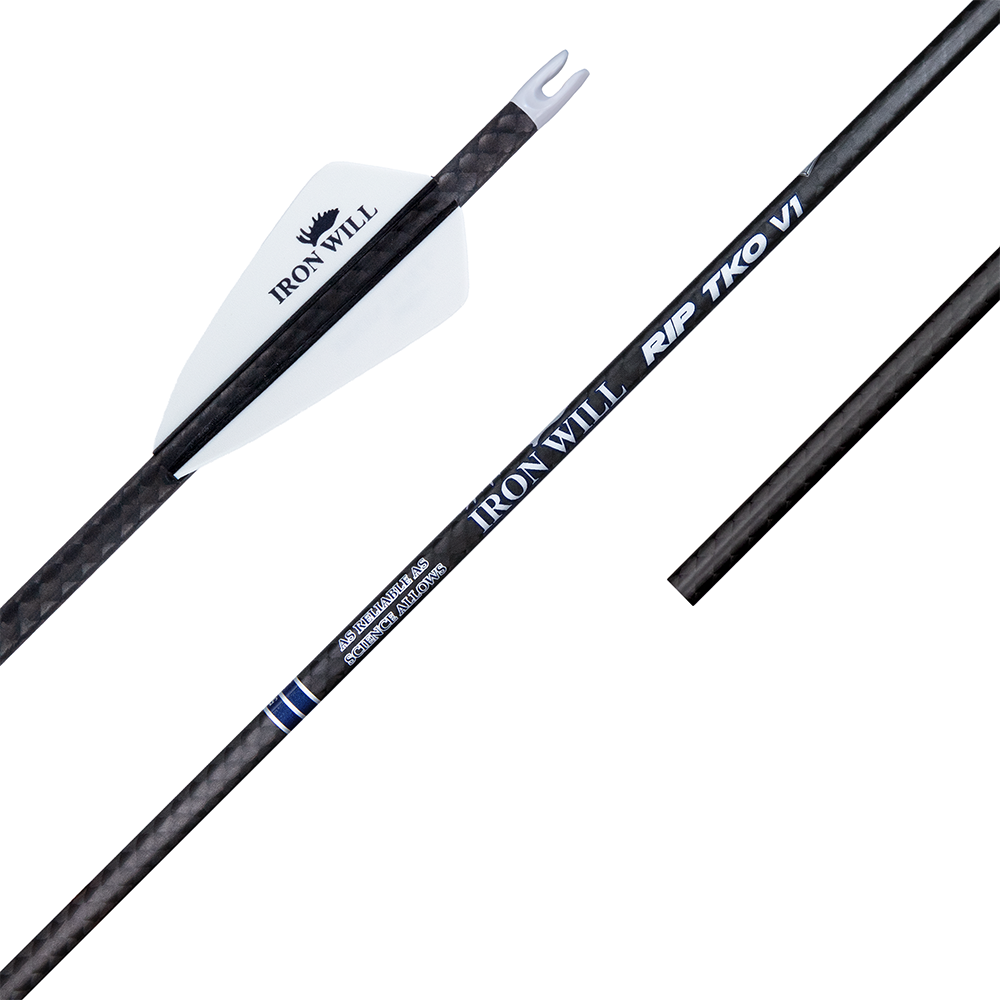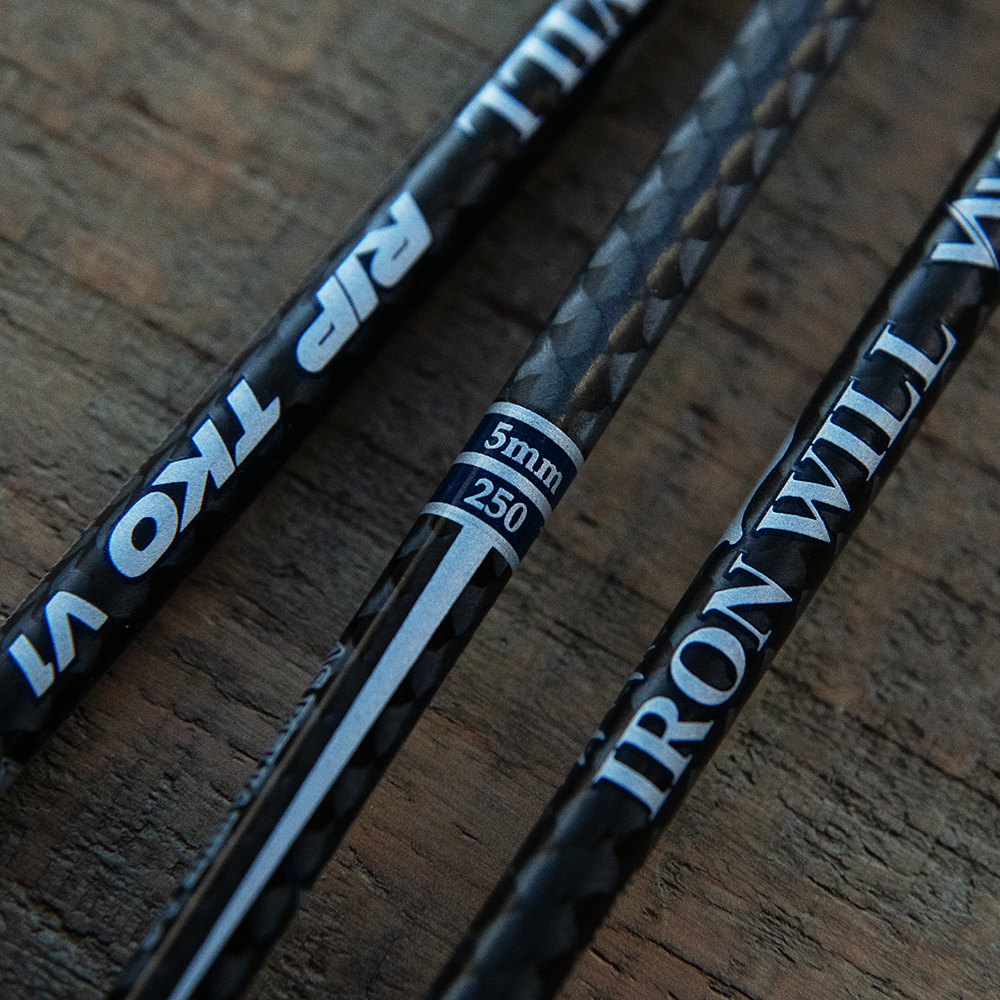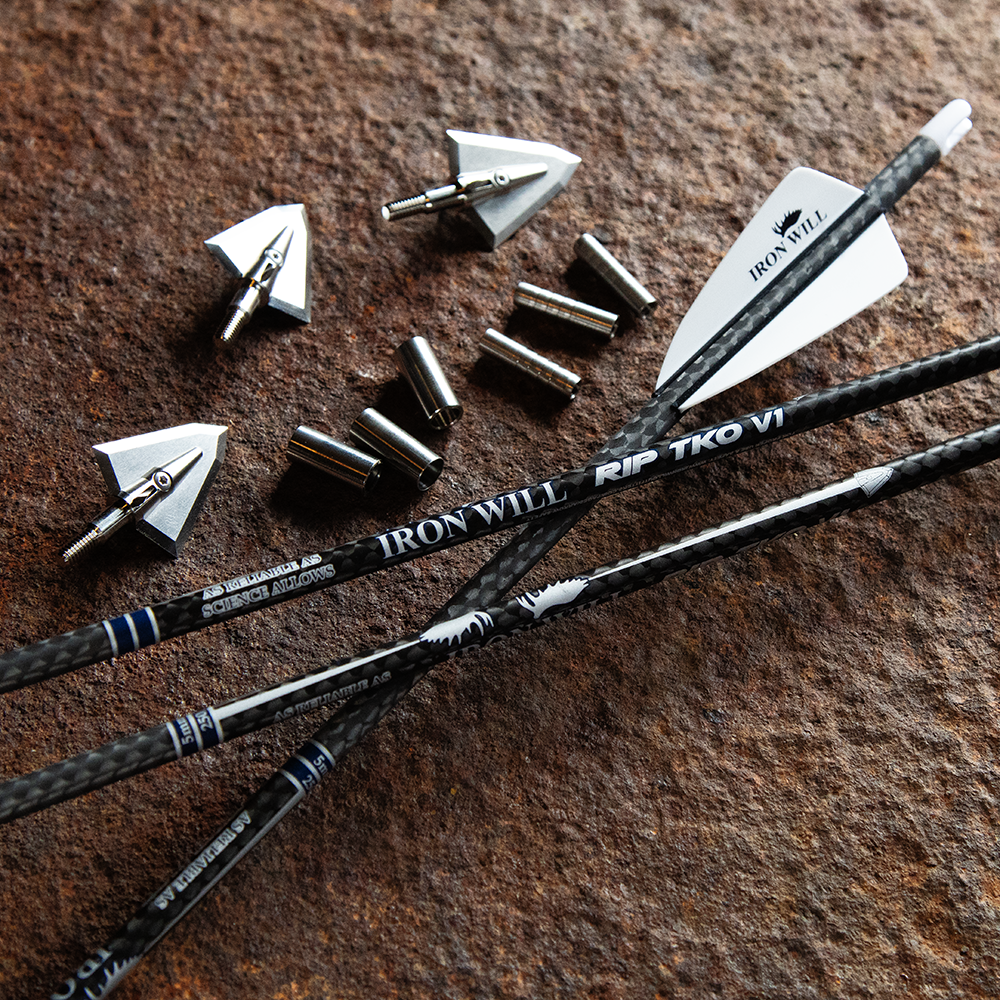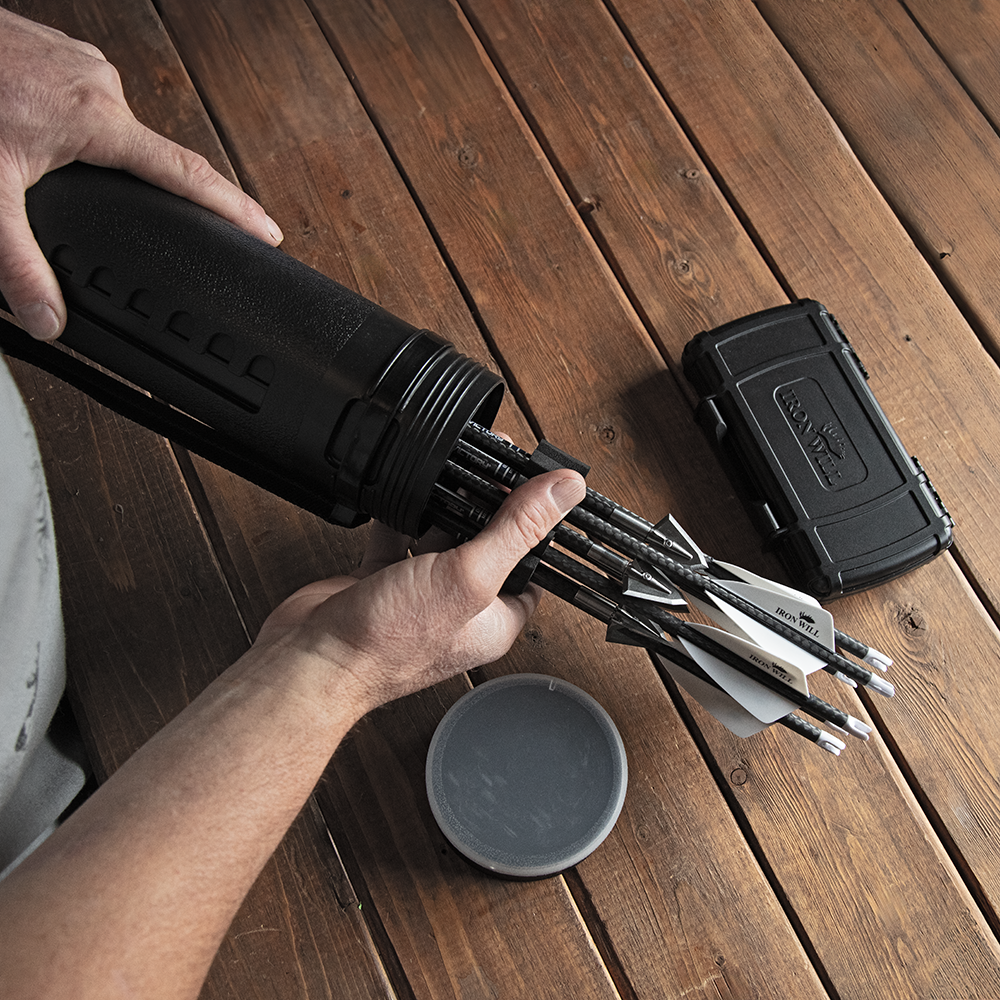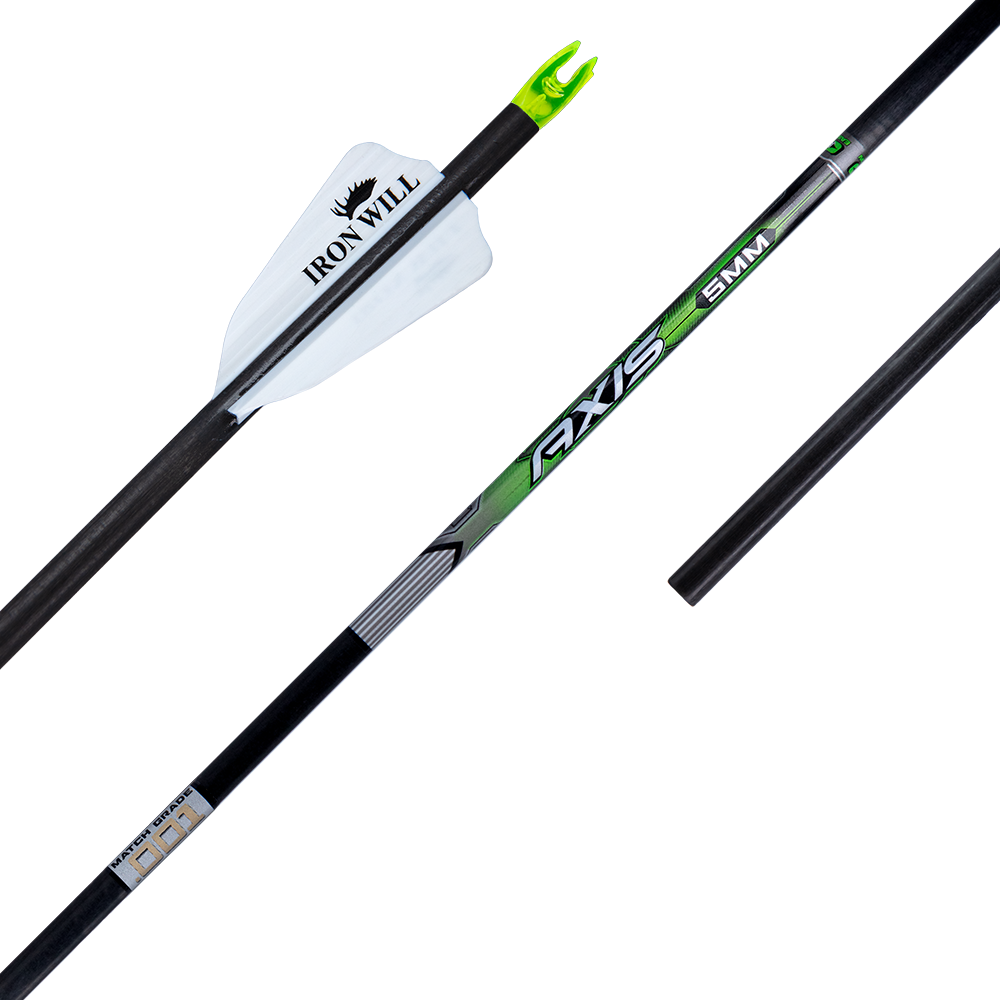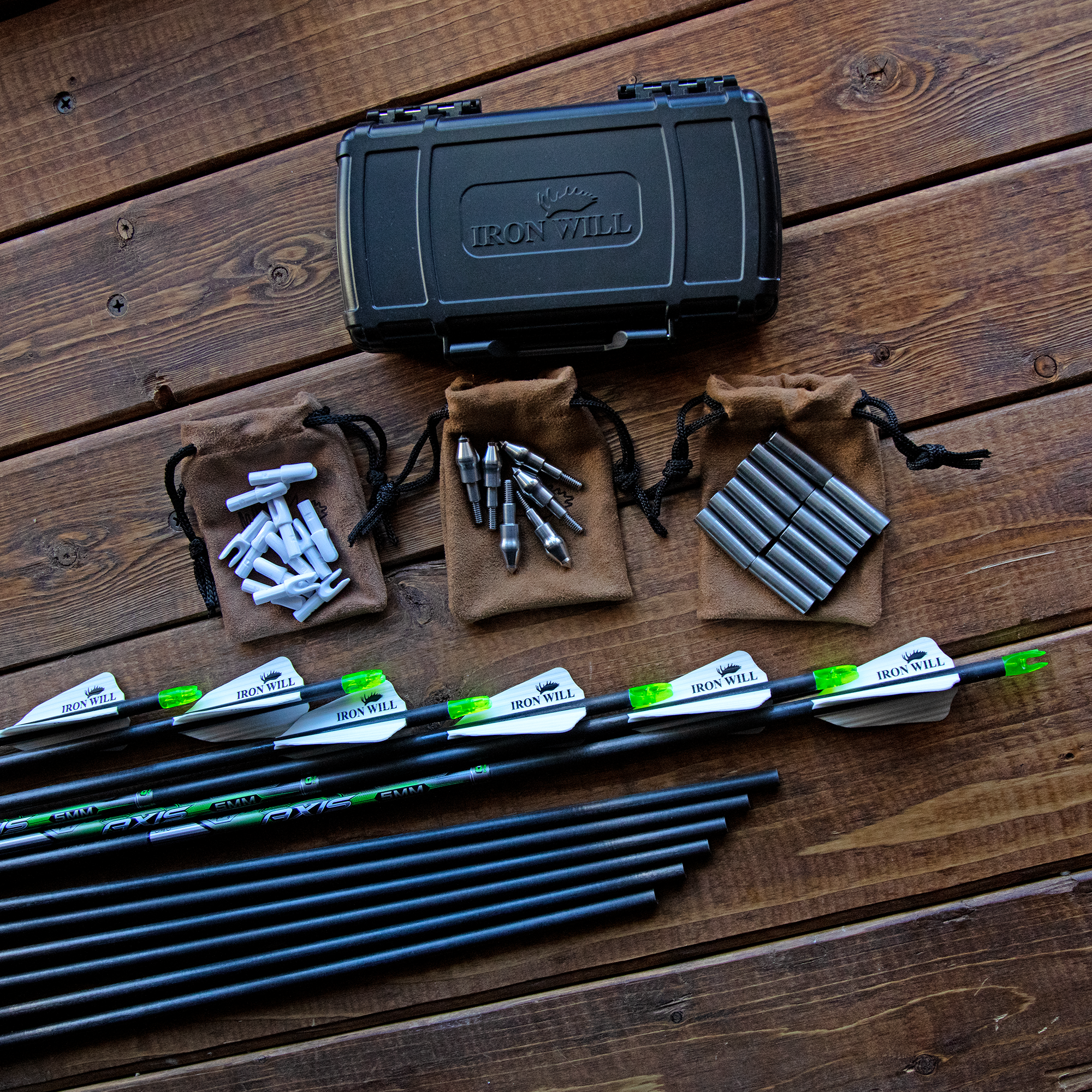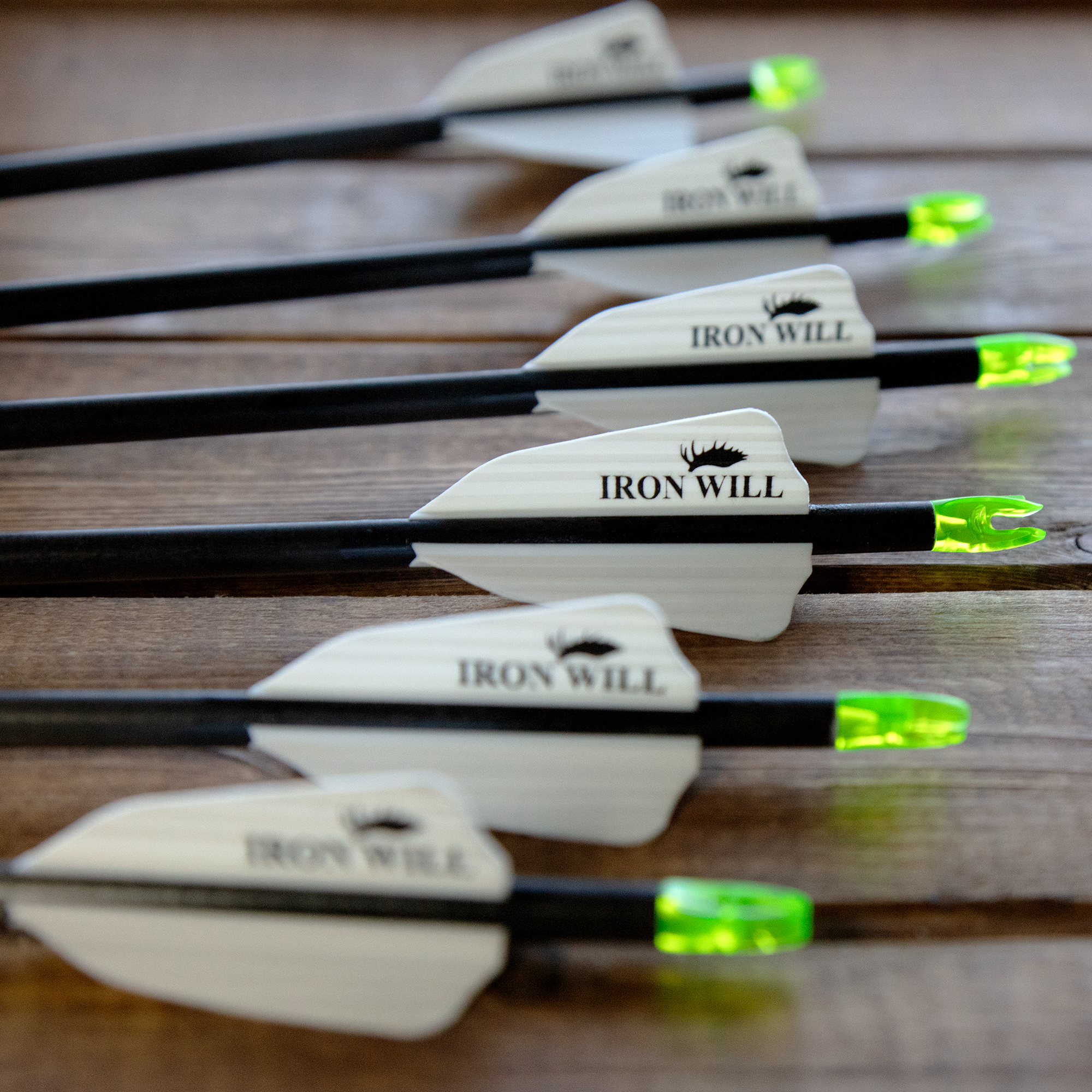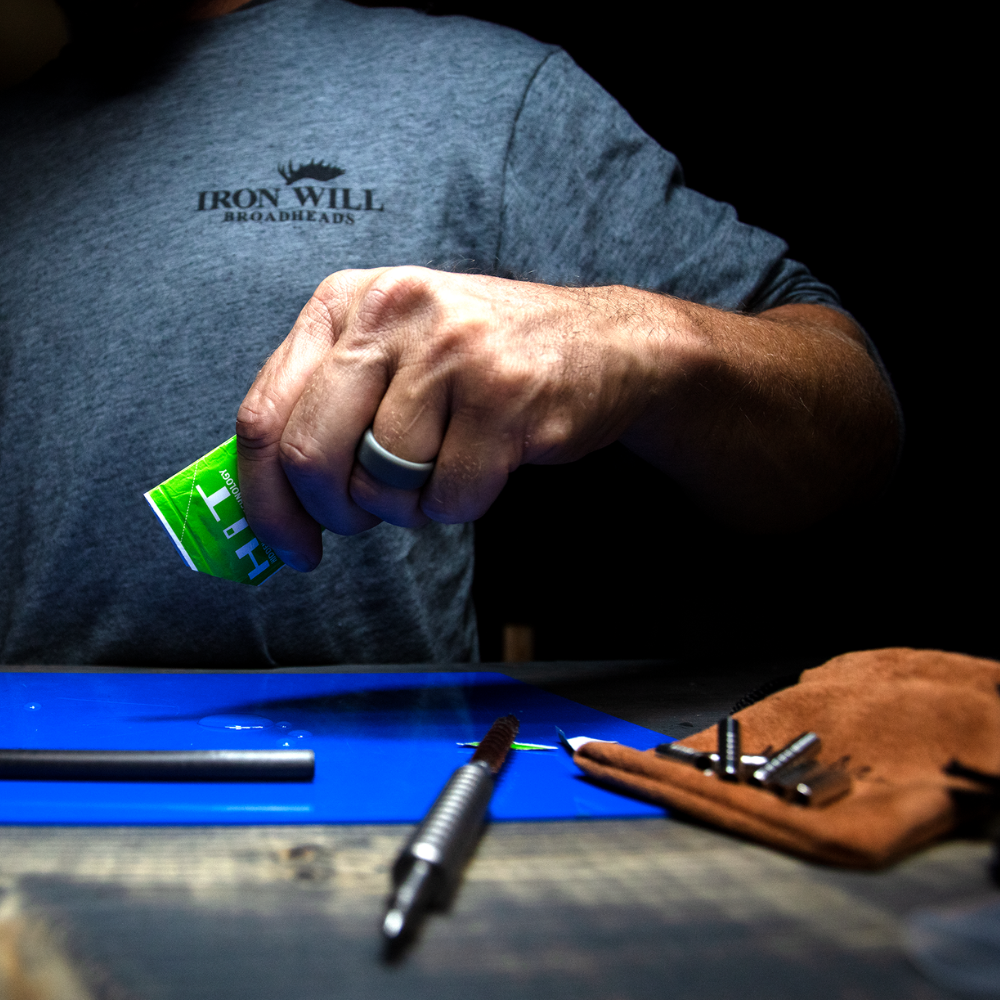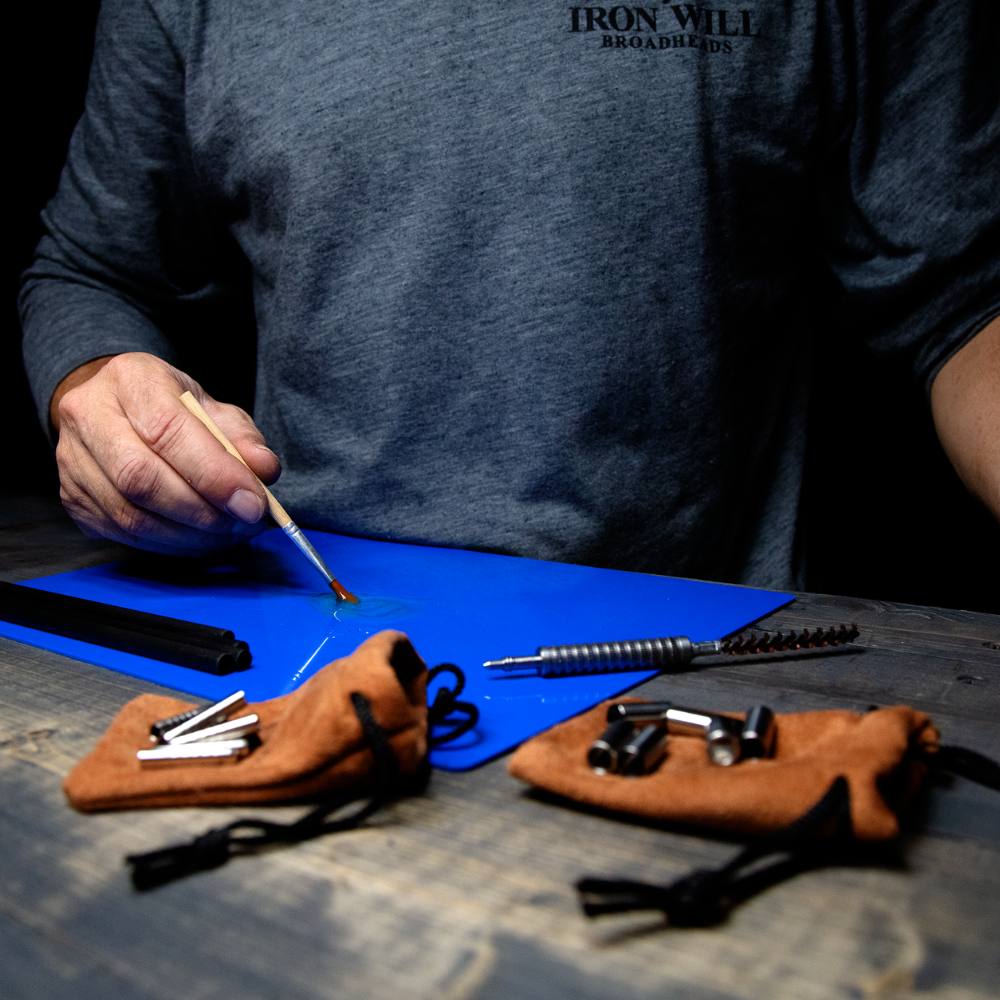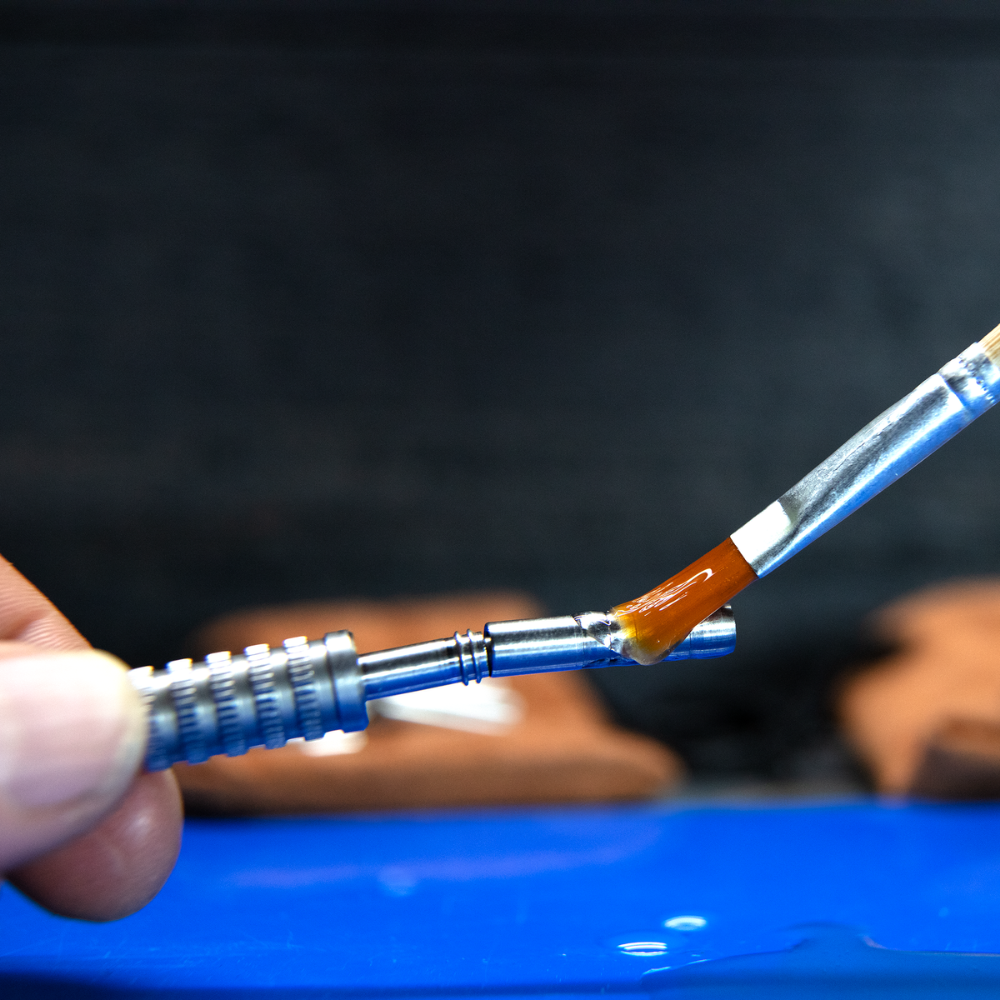Stealth is everything for bow hunters. After all the effort to reach a shot opportunity, don’t let noisy vanes spook your target.
A two-year University of Colorado engineering study revealed the keys to quieter vanes: gradual front angles, angled backs, and stiffer materials to reduce turbulence and flutter - delivering silent, stable flight without sacrificing broadhead control.
In this video, Iron Will Owner and Chief Engineer Bill Vanderheyden shares the science behind vane sound, so you can choose the quietest vanes for your next hunt.
WHAT FACTORS IMPACT VANE SOUND?
For the bow hunter determined to optimize their archery setup, it's important to consider vane noise and the factors impacting the level of sound coming off the vanes.
To uncover the science behind vane noise, Iron Will sponsored a two year University of Colorado College of Engineering study. This study included over 2,000 hours of computational fluid dynamic modeling, as well as significant empirical testing with microphones downrange, shooting a number of different bow hunting vanes, and many different iterations of new designs. The goal of these studies was to understand how to minimize the sound coming off the vanes without sacrificing accuracy and stability.
From the two year University study, it was found that having a very steep front angle on the vane can increase sound. This is a result of air turbulence created as air flows across the vane. Additionally, on the back on of the vane, it was found that having a sharp point, sharp drop, or shield cut unnecessarily creates additional turbulence that leads to more sound. As a result, having a little bit longer, more gradual front and an angled back keeps the airflow attached and prevents turbulence and it's resulting sound.
Also from the study, it was found that some materials are louder than others. Very weak, very flexible vanes create flutter and as a result have louder noise coming off the vane. It was found that medium to higher stiffness vanes would avoid any flutter and stay quiet.
In general, the shorter two inch, higher profile vanes are louder than the longer and less tall vanes. However, it was found that by having a longer lead in on the front, you can still get a tall vane that can steer fixed blade broadheads without experiencing the increase in sound.
From years of modeling and testing the science behind vane sound, those are the factors that are most important for reducing vane noise in your bow hunting arrow setup.






